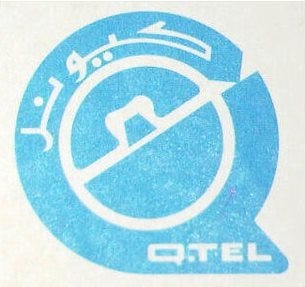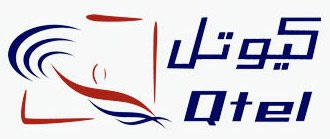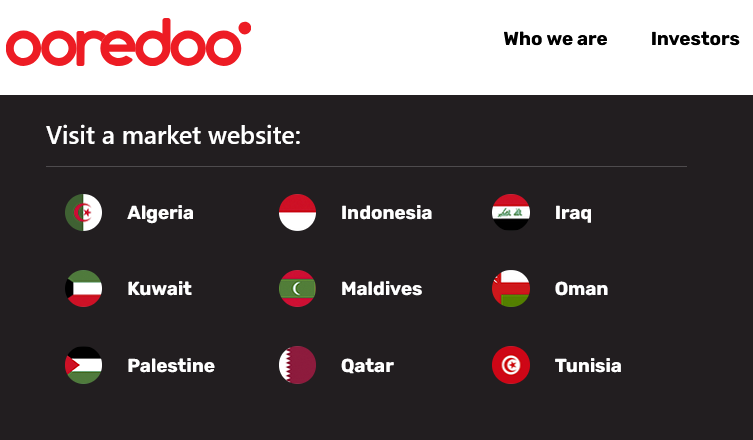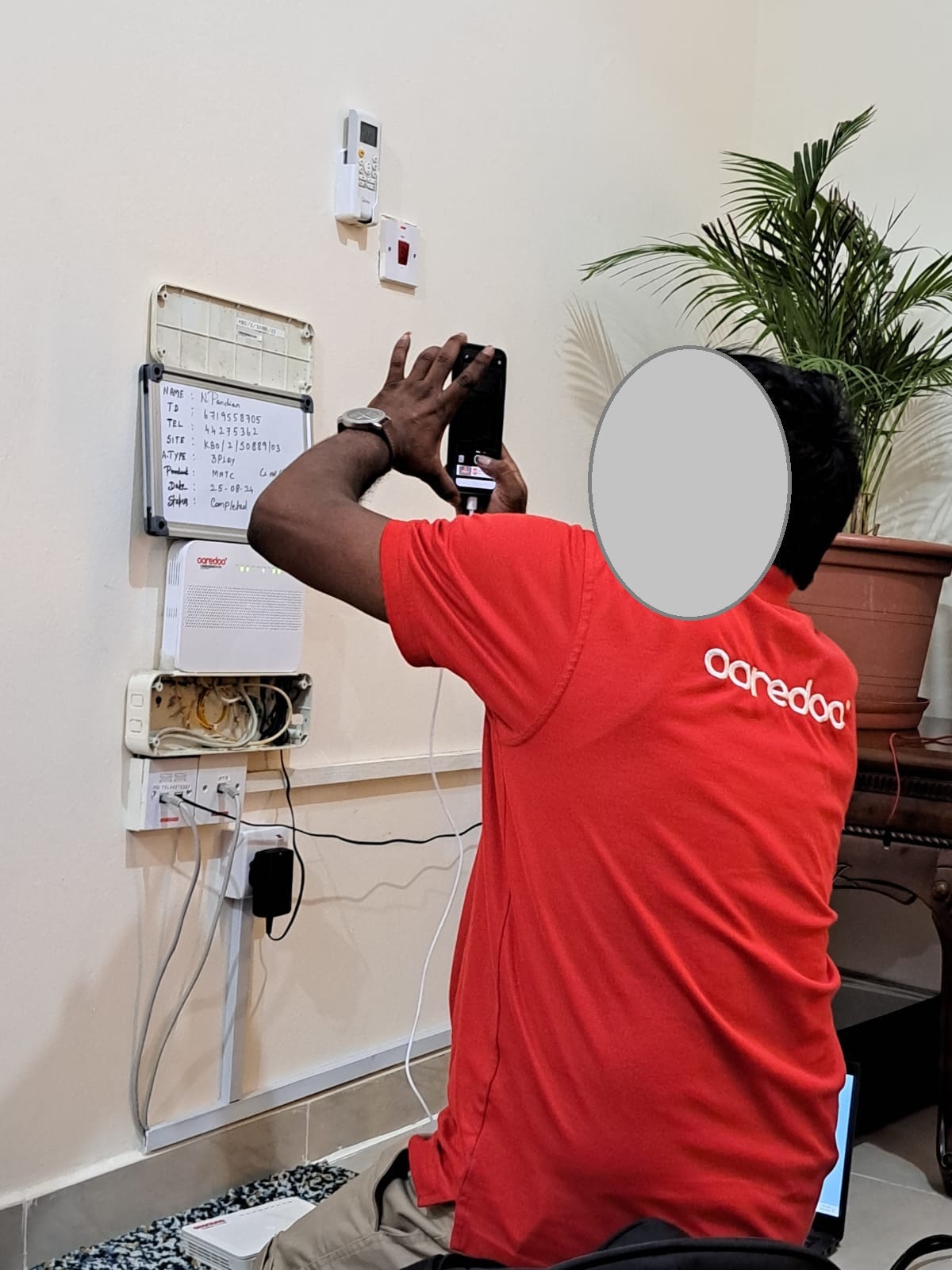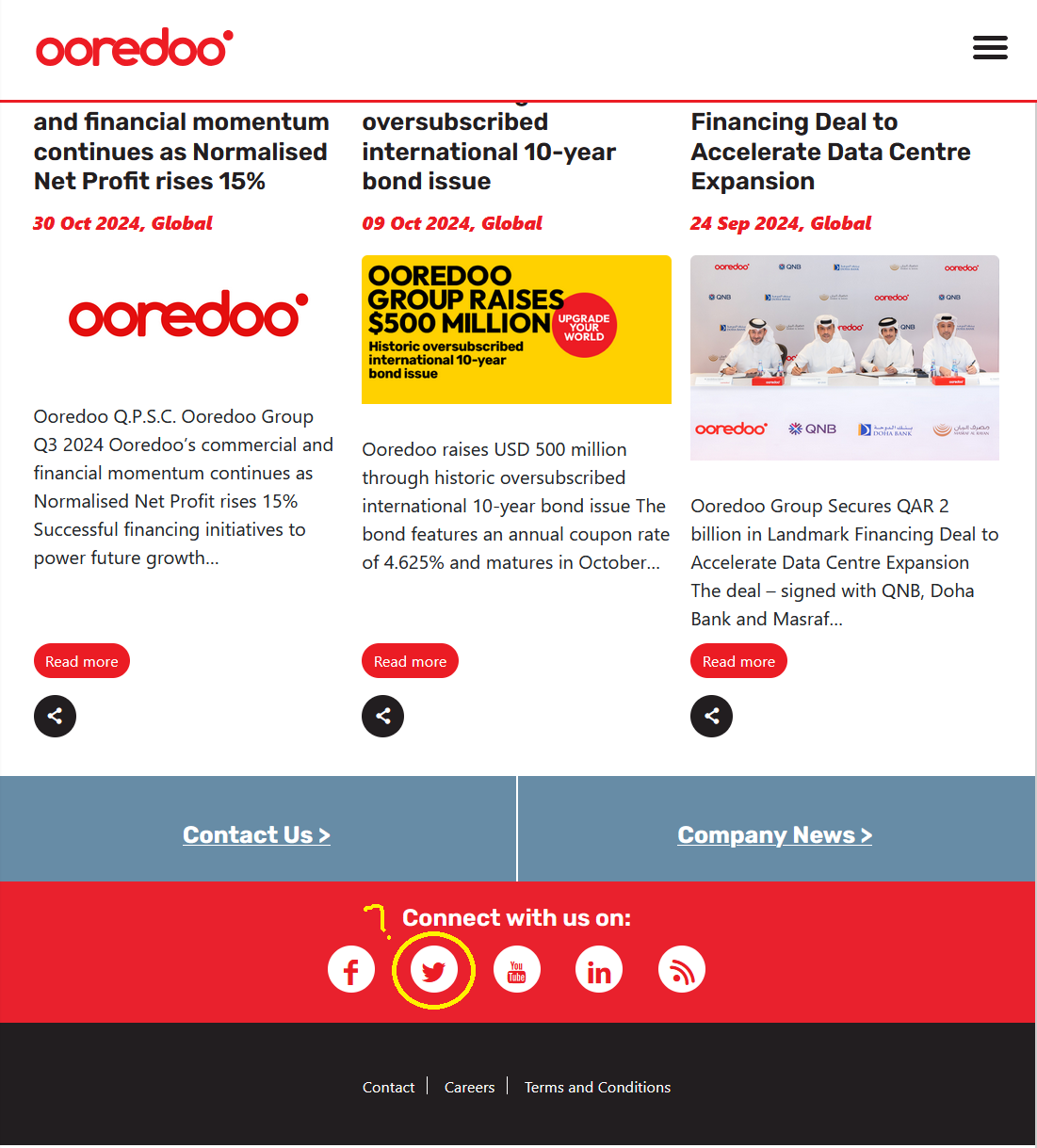Ooredoo and Qatar's internet price: A costly connection
One of the highest home internet prices in the world
I recently moved from Al Kheesa to Madinat Khalifa and a simple question crossed my mind: Why does my internet bill match my electricity and water combined? This led me down a rather interesting rabbit hole of research.
Let's start with some context: There are only two telecom operators in Qatar. The first and more dominant player is Ooredoo, which began as Qtel (Qatar Telecom) in 1987. For two decades, Qtel enjoyed a complete monopoly until a second operator, Vodafone Qatar, entered the market in 2007. Commercial operations began in 2009. One might expect this competition to drive prices down; however, we transitioned from a monopoly to an oligopoly.
And it's red all the way in Qatar. For many years, Qtel had a distinctive blue and white logo with a large, stylised Q, as was typical for many Q-entities of the day.
In 2013, Qtel rebranded as Ooredoo, a clever nod to the Arabic expression "I want." Vodafone is already red.
But, let's return to internet.
Today, fibre broadband is the best form of internet connection in the world. This is a step-up from the ADSL from the past. Do you remember the ADSL dial tone from the 1990s? Pepperidge Farm remembers.
For the purpose of my inquiry, let’s examine fibre broadband pricing in the residential sector, ie, homes.
Ooredoo's most affordable plan starts at QR365 per month, or US$100. One hundred dollars - for what should arguably be a basic utility, such as electricity, water, and gas. In fact, in the summer of 2016, the United Nations even declared that it considers the internet to be a human right.
Maybe high costs are necessary to develop and maintain internet infrastructure. But if that's the case, why don't we see similar pricing in other Ooredoo markets:
Algeria: ~$11 per month
Indonesia: ~$15
Iraq: ~$26
Kuwait: ~$62
Maldives: Site access is restricted with/without VPN, but it’s unlikely to be $100 per month
Oman: ~$62 plus 5% VAT
Palestine: ~$24
Tunisia: ~$14
So perhaps high costs are characteristic of the Gulf region. Let's then check around the GCC (cheapest provider):
Bahrain: ~$34 (Zain)
Kuwait: ~$32 (Zain)
Oman: ~$62 + 5% VAT (Ooredoo and Awasr)
Qatar: ~$95 (Vodafone)
Saudi Arabia: ~$50 (GO)
UAE: ~$54 (du)
Nope. Ooredoo is still the most expensive. So perhaps it is the quality of service that merits such a tag?
For Ooredoo's US$100 per month, subscribers receive a Wi-Fi device and TV box. Starting with the Wi-Fi device, recent installations have used equipment from Huawei, Netgear, and now Nokia. My recent experience with installation proved enlightening – it required two separate visits to achieve connectivity. Both teams advised me to avoid the newer Nokia device in favour of the older Netgear. Let's read this again: Technicians are recommending that subscribers continue to use older routers (if available) over the latest offering. The technician teams are themselves part of a complex network of vendors and contractors - never really Ooredoo.
An aside: So why were two installation teams necessary in the first place? We just had to move the connection from Al Kheesa to Madinat Khalifa, right? Easy peasy, lemon squeezy. Well, turns out, it IS rocket science after all. The first team (three people) completed their setup and left, only for a second team to discover the wires hadn't been connected. Let's read this again as well: A team of uniformed men came, played with a few boxes on the wall, and left without connecting the actual wires appropriately.
Fine. Human error is one thing. Maybe the service itself is exceptional? Outages, however, suggest otherwise. Ooredoo doesn’t acknowledge these blackouts, leaving customers to troubleshoot issues themselves - and frequently on the phone with customer support. All for the privilege of US$100 a month.
Now, onto the Ooredoo TV box. This device can be frustrating. There's no logical grouping of channels, so it's "Heads, Shoulders, Knees and Toes, Knees and Toes" to "Meanwhile today in Ohio, a blizzard..." to back to "Knees and Toes." Channel 123 could be free but 124 not, 125 free, 126 not. The logic is astounding.
This TV box needs a remote control. I had to replace my father's remote control (he's 76 and retired) because it stopped working. The buttons were fine, it just died. Apparently, his fingers are made of lead. Let's stay with the example of my father. He has been paying Ooredoo since 1976 - first for landlines, then pagers, then when the big Ericssons and Nokias arrived, then for ADSL, and now fibre et al. - and you'd hope he'd be entitled to a reliable remote.
To understand where my dad's money over the last ~50 years is going, I visited the company's corporate website. The navigation experience, to say the least, was surprising (Ooredoo, please hire me to run a full communications audit for free, including that Wikipedia).
Undeterred, I clicked on "Investors" and then "Financial Information." The download option presented not one but two files. Information overflow. Yummy!
My excitement quickly waned though: they were duplicates labelled simply [Filename] and [Filename-1]. But it’s OK, hope springs eternal, right? Let's read one of them anyway.
Undaunted, I checked the latest press release, datelined Doha, Qatar - 30 October 2024. It reported a 2% revenue increase, amounting to QR17.7 billion for the first nine months of 2024, equivalent to US$4.83 billion. Impressive revenue, mashallah. Great news, very impressive, wonderful performance, salute.
The question remains, though: can we get slightly more affordable internet in Qatar? You know, it is a human right. Almost, mostly.
Fine print: I will try and focus on Vodafone Qatar next. Something that a reader should bear in mind is that not all plans are identical, so please forgive me if apples have been compared to oranges. I understand that factors such as contract duration (12 vs. 24 months), connection type (fixed fibre vs. portable devices), plan type (temporary deals vs. fixed plans), bandwidth (download and upload speeds), usage limits (unlimited vs. capped), installation fees (one-time vs. free), and payment type (prepaid vs. post-paid) can vary.





